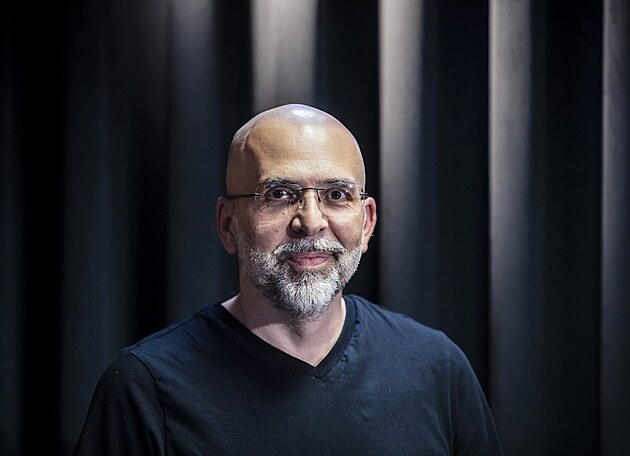
Deep brain stimulation as a way of dealing with severe tremor
The patient was struggling with tremors caused by Parkinson’s disease. The illness interfered more and more with her life and…

The patient was struggling with tremors caused by Parkinson’s disease. The illness interfered more and more with her life and…

The patient was struggling with tremors caused by Parkinson’s disease. The illness interfered more and more with her life and normal activities became difficult. The breakthrough came only thanks to a procedure performed by Prof. Robert Jecha’s team using deep brain stimulation.
“The method of deep brain stimulation has been known for more than a quarter of a century. But in this case, for the first time ever, we implanted an electrode directly into the site of pathological oscillatory activity. We were able to interrupt this and replace it with our own, much faster frequency. As a result, the patient’s tremor stopped immediately,” explains Professor Jech, Deputy Scientific Director of the National Institute for Neurological Research.
The electrode itself, just one millimetre thin, is connected by a thin wire to a neurostimulator located in the chest. The entire system can then be controlled remotely via Bluetooth. Both the patient and the doctor have their own controller and can try different forms of stimulation to find the setting with the best clinical effect and the lowest power consumption.
Thanks to this procedure, the patient is back to her normal life, where tremors are no longer a daily obstacle. Her story is proof that the combination of cutting-edge research and modern technology can change the lives of Parkinson’s patients for the better.

